How to make outdoor flowerpots
Decorating a courtyard, garden or cottage is a fascinating and long-term business, and also requires decent material costs. To save money, many things for decorating a garden / plot can be done by hand. This time we will talk about how to make outdoor flowerpots. Let's take a closer look at the manufacturing process from two materials - wood and concrete. These are the most flexible and inexpensive materials from which very good things can be made.
The content of the article
Wooden flowerpots
Wood may not be the best choice for making outdoor flowerpots, but it is very affordable, plastic, easy to process. Because, probably, and popular. Wooden outdoor flowerpots can be made from scraps of boards, moisture-resistant plywood, beams, tree trunks, stumps, old barrels and tubs.
From boards and plywood
If you want the flowerpot to retain its color for a long time and not turn gray, but you don’t want to paint it with some covering paint (such as oil paint), you will need to buy wood oil. It gives the wood a hue, but leaves the pores visible (like a stain). Along the way, this oil, as it were, "preserves" it, protects it from fungi, insects, and mold.
The easiest way is to make flowerpots from rectangular or square boards. It is necessary to cut several pieces of the same length, put together a box from them, nail the bottom.
To prevent the bottom of such a flowerpot from blooming, it must be raised on its legs. In the simplest version, four small pieces of board can be nailed to the bottom, in the corners. If you wish, you can try to make more decorative legs (as in the photo above).
When nailing boards, do not try to knock the planks very tightly. When watering, they will swell and, if nailed close, they can lift. However, it is not worth leaving very large gaps - the earth can wake up through the bottom.
Another way to make an outdoor flower pot made of wood is to cut off four identical pieces of a small section of 25-25 mm, for example). Use the bars as the edges of the structure, nail the boards to them, attach the bottom from below. This option is good because such flowerpots have legs right away.
By the same principle, you can make a flowerpot from moisture-resistant plywood. Cut the sides out of it, attach them to the bars. Instead of nails, self-tapping screws are usually used for wood, and you will also need a drill. Before screwing the self-tapping screw, drill a hole. Apply the sidewall to the stand from a bar, drill, stepping back 1 cm from the edge. Drill diameter - 1-2 mm less than the screw diameter. So, firstly, the bar will not burst, and secondly, fasteners are easier to fit into plywood. Instead of wooden corners, you can take metal ones, preferably stainless steel.
The next version of a flowerpot is made of wooden beams (photo below). It is still easier here - they fold the beam so that the connection is in one plane, then in another. After laying each bar, it is nailed to the ones below. Be sure to drive in nails in the corners; on the long side, you can also nail it once or twice.
It's simple. Difficulties can arise only with the first row. It can be fastened to a bottom, such as a piece of waterproof plywood that has been drilled into it to drain water, knocked out of planks.
Any of these flowerpots can be combined with a bench... It will make a wonderful corner for relaxation. Such a group can be placed in the garden, near the entrance, somewhere on the site, near gazebos or homemade small fountain.
From stumps and logs
In the garden or in the summer cottage, you have to periodically cut down old trees. From their stumps and trunks, you can also make outdoor flowerpots. First, let's talk about how to use the barrels. It is better not to peel the bark, so the vases will look more decorative. Depending on the idea, the trunks are cut into blocks of some height. You can cut with an ordinary hand saw, but faster with a chainsaw. These blocks can be placed while standing, can be laid on their side.
The main task is to remove part of the wood so that a container is formed that can be filled with earth. There are several methods for coring. Usually they take a drill and a large diameter drill. A conical drill or a spatula (as in the photo) works better.
Make some holes to the depth you need. It depends on the type of plants that you plan to plant in this pot, but usually 15-20 cm. You can make a lot of holes - the thinner the walls are, the easier it is to remove them.
The walls are destroyed by a chisel or wide chisel. The handle of these tools is tapped with a hammer, and the sharp blade breaks off pieces. So, gradually, the core is released. Then the edges of the resulting container are leveled a little using the same technique.
If the stump is large in diameter, an ax or pickaxe can be used. Only work must be done carefully so as not to destroy the walls. Near the walls, you can use a drill, finally arrange the inside of the flowerpot with the same chisel.
Another option is to make some notches with an ax, crumble wood, and make a fire inside. But whether it will be possible to extinguish it in time is a question. The charred insides are then removed with a chisel or chisel.
By the way, very interesting compositions can come from a very old and rotten deck. It is cleaned of very crumbling wood. In this case, the inside is very easy to pick out - the inside of the trunk decays first. What is left can be coated with wood oil, stopping the destruction for a period.
Such hollowed-out decks or stumps make excellent flowerpots. Some design ideas are collected in the photo gallery.
- You can plant petunias in a stump pot. In tall ones, ampelous look better
- In low stumps, several plants with decorative foliage and one or two flowers with large bright flowers are planted
- By cutting the hollowed out log into rings, attaching the bottom from below, you can make a two or three tiered flowerpot
- Such a decoration will take a long time to grow, but it looks magical.
- Powerful roots are painted, soil is also poured between them and plants are planted
- An interesting fence around the lawn - flowerpots of stumps alternate simply with decks
- On a high stump, hanging flowering whips look great
- Chornobrivtsy - unpretentious flowers with a long flowering period
- Design an outdoor garden pot as a house for fairies
- Primroses bloom earlier in stumps - they receive more sun and are higher from the cold ground
- And even a stump, on a spring day ...
- Cute little train
From barrels-tubs and other cooperage products
The easiest way to make outdoor flowerpots from old barrels, tubs and other containers that are no longer used and cannot be used due to old age, but it is a pity to throw them away.They can be slightly sanded with sandpaper - by hand or by attaching an appropriate attachment to a drill / grinder. Then they can be painted, varnished for outdoor use or oil for wood. And you can plant plants.
Barrels are sawn, and in any plane. But if you cut it along, you will have to hammer the planks together. The barrels cut across are two identical (or almost) flowerpots.
Even old wood need not be processed. This makes the composition look more natural. But such a flowerpot will not fit into all styles. In this case, use a special paint for outdoor use, which can be used for woodwork.
Outdoor flowerpot made of plastic with wood paneling
If outwardly you like wood, but want to have an airtight container, to avoid drips on the site after watering, you can glue the plastic container with wooden slats. The planks are treated with antiseptics, painted, dried. Then you can start converting the plastic container (bucket, tank, barrel) into a flowerpot for outdoor flowers.
First, holes are drilled in the bottom. Out diameter - 10-14 mm. Leave the two opposite areas at the edges intact. Here we attach the "legs" - two strips, cut so that they do not protrude beyond the outline of the barrel. You can attach it to the bolts, drill a hole under the head so that the fastener is "recessed".
We take a universal glue that is suitable for gluing plastic and wood, and glue the strips onto it. The narrower the planks, the more solid the surface will be. Such outdoor flowerpots do not shrink or swell.
Homemade concrete flower pots
The good thing about concrete is that it can be poured into any shape. Plastic, glass, metal, wooden, clay vessels and even cardboard boxes will do.
It is most convenient to work with plastic - it is easy to remove from it. It is even easier with glass, but such forms are usually disposable. It didn't work out - they are broken.
What concrete to use
For the manufacture of outdoor flowerpots, you can use ordinary concrete, consisting of cement and sand in a ratio of 1: 3/4 (Portland cement grade not lower than M 400 and river clean sieved sand). The surface of such a flowerpot will be monochrome, gray. In some cases it looks stylish, and the gray color does not distract attention from the main one - from the colors. But not always.
products from decorative concrete look more interesting. It is also called artistic, art, architectural, acrylic, polymer - concrete. These are all designations for the same product. In addition to cement and sand, architectural concrete contains polymer additives, small fragments of natural minerals, and some contain dyes. The surface of a decorative concrete flowerpot is smoother, more interesting, interspersed with natural stones. The specific type depends on the selected composition. Some types of decorative concrete are shown in the photo below.
The surface of a decorative concrete flowerpot is smoother, more interesting, interspersed with natural stones. The specific type depends on the selected composition. Some types of decorative concrete are shown in the photo above.
What to make forms for pouring a concrete flowerpot
Any shape can be used, from almost any material. It is important that it does not get wet and keep its shape for 4-5 hours. Then the concrete grasps and already holds itself. Therefore, molds are made even from dense packaging cardboard, gluing coal well and tightening them with adhesive tape. But from karon you can make forms only for small flowerpots - for a small group of plants. But the form can be any.
Actually, two forms are needed - one to form the outer surface, the second - of a much smaller size - is inserted inside the first and forms a zone into which the soil is then poured and plants are planted. The inner shape is selected based on the dimensions of the planned flowerpot, but the wall thickness should not be less than 3 cm.
You can use plastic bowls, glasses, containers, trays, flasks from under the water - large and small. You can knock down a shape from boards, plywood, pieces of other sheet material. It does not matter. Anything, anything that comes to mind to use.
Is there an interesting bowl or bowl? Will do too. And for the formation of the internal volume, you can find something heavy, preferably of the correct shape, but this is absolutely not important. Even a bowling ball will do. It is good because it is heavy and smooth - you can easily remove it.
Round flowerpots look best, but finding the right shape is not easy. Usually these are either plastic containers or glass balls, which are cut / shattered after the concrete has set.
Manufacturing process
Work with cement is only possible at temperatures above +5 ° C. Ideal conditions are + 20 ° C and high humidity, but temperature is more important. The place where you will leave the concrete to "ripen" should be in the shade.
You found suitable forms, mixed the cement. It should not be too liquid, not too thick. It should not drain from a spatula or spatula, but not so dry that you can blind something from it.
It is necessary to work with gloves - concrete corrodes hands very quickly. You need a spatula or something similar to spread the solution, a long thin stick or metal rod to remove air. You will also need either a large container of water or a piece of plastic wrap.
We take forms, process them with some kind of lubricant. This is necessary so that the pot can be easily removed from the mold. You can use the following drugs:
- Non-stick cooking spray. Harmless and effective.
- Special sprays for concrete. They cost much more, but the effectiveness is the same.
- Engine oil.
- Universal grease VD-40.
Maybe other formulations work, but these are verified.
We process the forms with one of the compositions. The big one is inside, the small one is outside. Pour the solution into a large form on the bottom with a layer of 3-4 cm, level it. This will be the bottom. If you want to have drainage holes in the bottom, insert pieces of tubing. You can use metal, cut them into pieces 3-4 cm long, also treat the outside with grease. In this case, the thickness of the bottom should be equal to the height of these tubes. And place them strictly under the bottom of the second form.
We put the second form on the solution. If it is light, we fill it with small stones, crushed stone, pebbles, sand. Fill the gaps between the two walls with mortar. If the material permits, we knock on the walls with a hammer, then take a rod or a thin stick, pierce the solution to the bottom, swing it from side to side. During these actions - knocking and piercing - air bubbles come out of the concrete, it settles down a little. This procedure can be repeated a couple of times. Then we take some smooth object (a spoon, for example), sprinkle it with grease and level the top of the wall. try to make the side as even as possible - then it's hard to do something with it.
Cover the mold filled with concrete with a piece of polyethylene and leave it in this form for at least a day. After a day, the form can be removed, but you cannot use the flowerpot yet. It can be dipped in a container of water and left there for a week. Another option is to cover with foil and sprinkle with water three or four times a day.Sprinkle liberally until dark. Remember to cover with plastic every time. After about 10-14 days, you can start planting plants. That's all, now you can do concrete street flowerpots with your own hands.
Finishing a concrete flowerpot
If you don't like the surface of the flowerpot, you can decorate it. Do not make the flowerpot too bright. It is just a background for flowers and greenery that will be planted in it. There are traditional methods - painting, there are more exotic ones - mosaic decoration, pieces of broken ceramic tiles or pebbles.
When painting, choose a paint that is suitable for concrete, pre-primer the surface (so that the paint adheres better and does not flake off).
For finishing with tiles or pebbles, a layer of tile adhesive (for outdoor use) with a thickness of 5-6 mm is laid on the surface, and pebbles are pressed into it. It is necessary to work carefully, to erase the traces of glue on the pebbles with a rhinestone - it will not be removed later.
The finished flowerpot is left to dry until the glue dries (the time is indicated on the package). The joints can then be trowelled using standard tile grout. It is inconvenient to work, the gaps between the stones are too narrow. You can try using thin plastic strips or narrow tile joints.
Vases from building concrete blocks
Hollow concrete blocks with large cells are suitable for planting plants. Soil is poured into the cells, flowers are planted. You can lay out a whole wall from such blocks. The recipe is simple but very effective.
- The original decor of a flower pot
- Ready-made homemade vases and pots made of concrete for outdoor flowers
- Low and wide bowl - can be made from a basin
- Finishing a concrete flowerpot with pieces of tiles
- The whole composition in the same style
- Decorating a concrete flowerpot with pebbles
- Art (polymer) concrete does not need finishing
- A bucket can be a shape too
And finally, a video master class on how to make a flowerpot from a car tire.

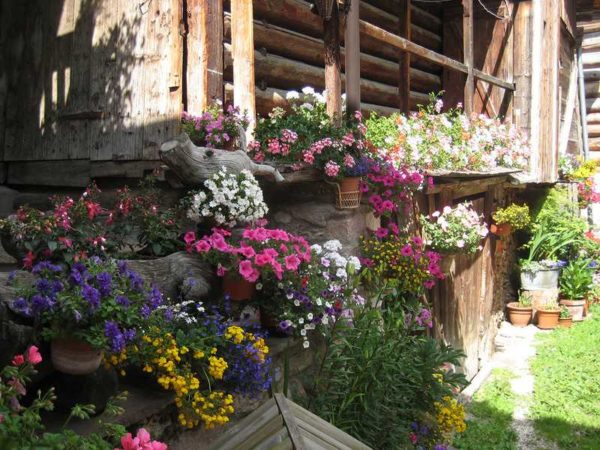
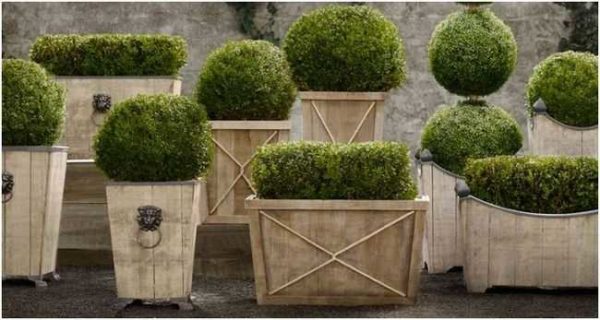
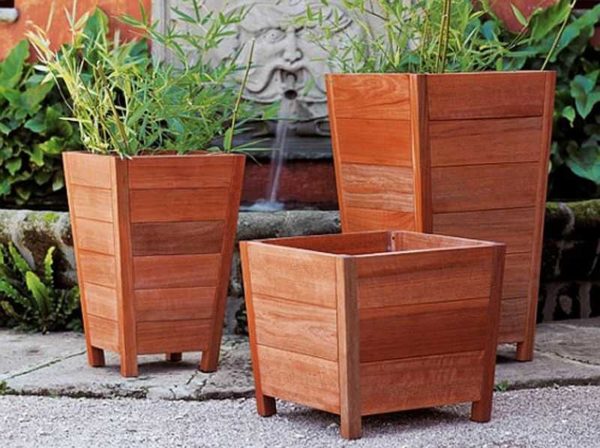
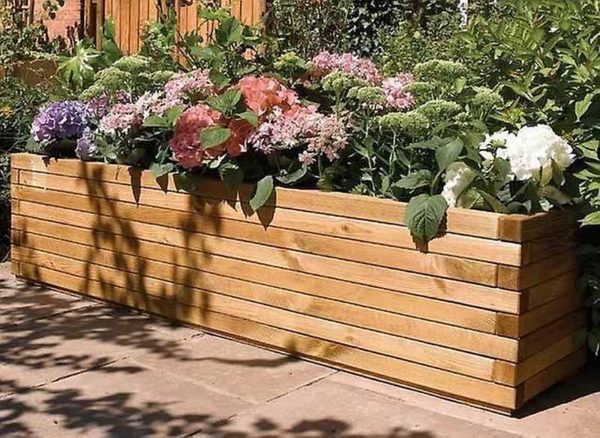
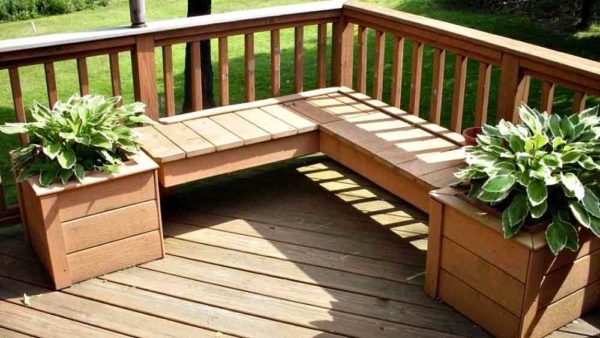
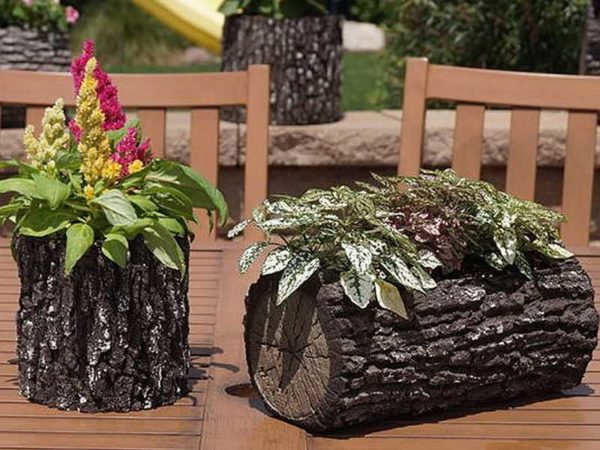
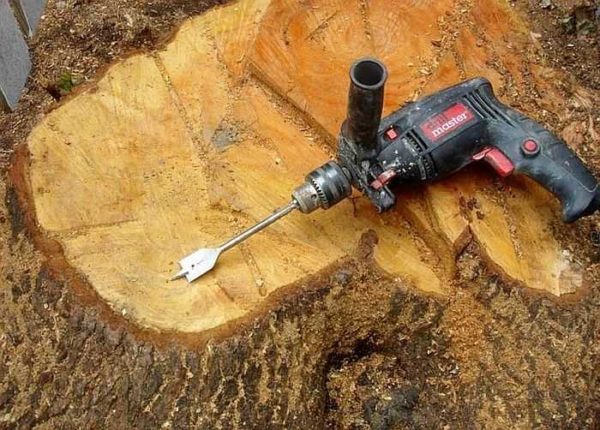
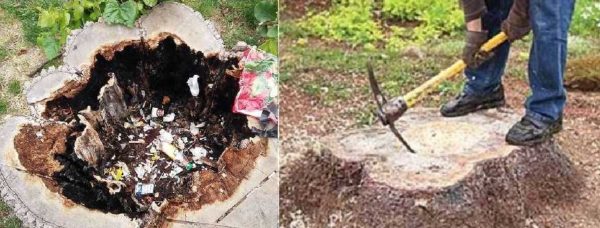
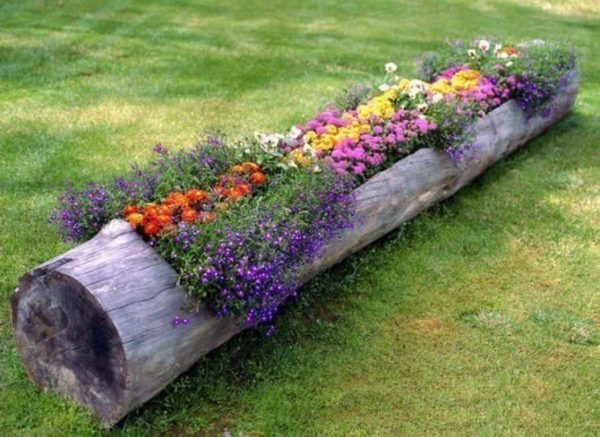
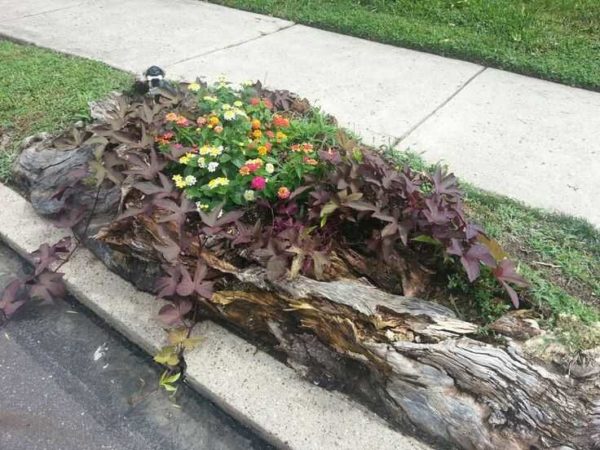


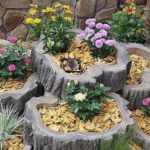


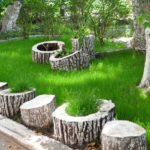


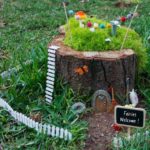
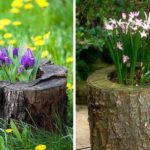

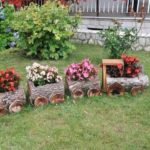
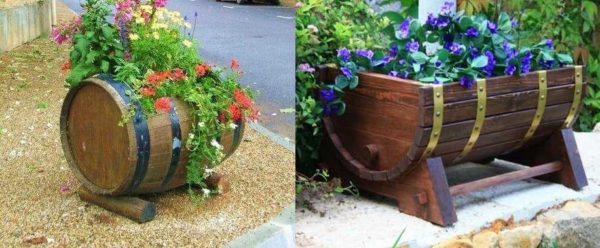
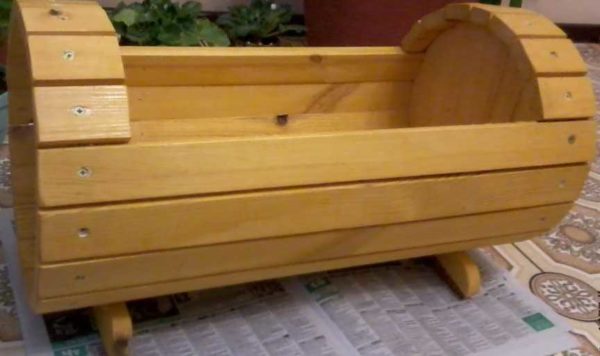
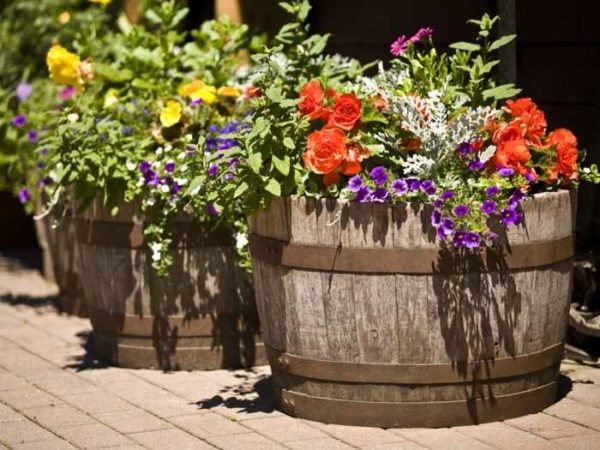
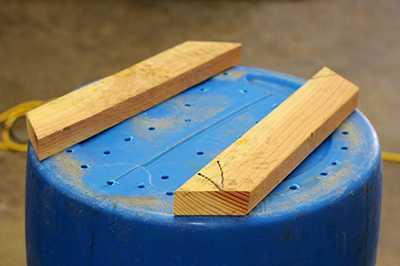
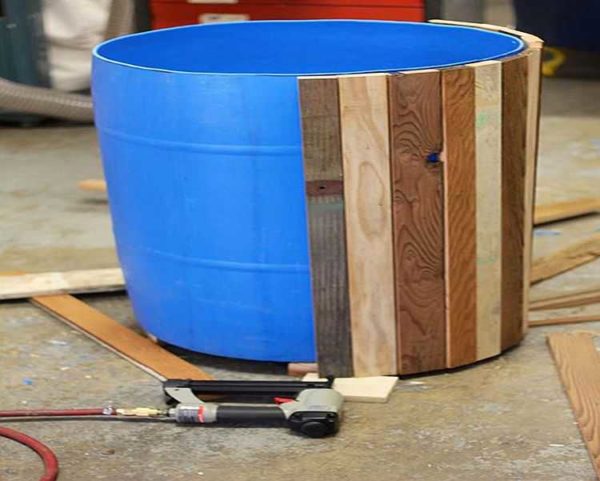
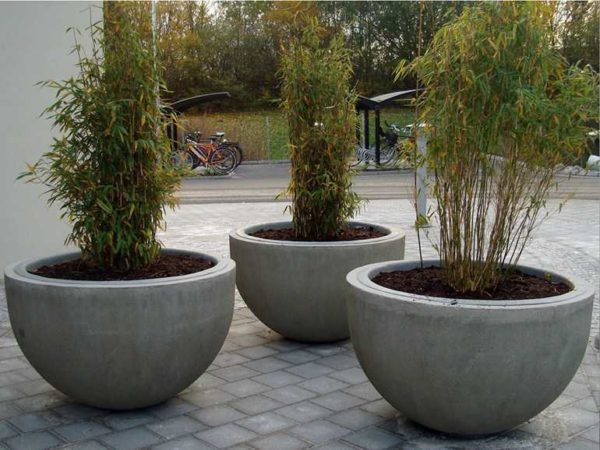
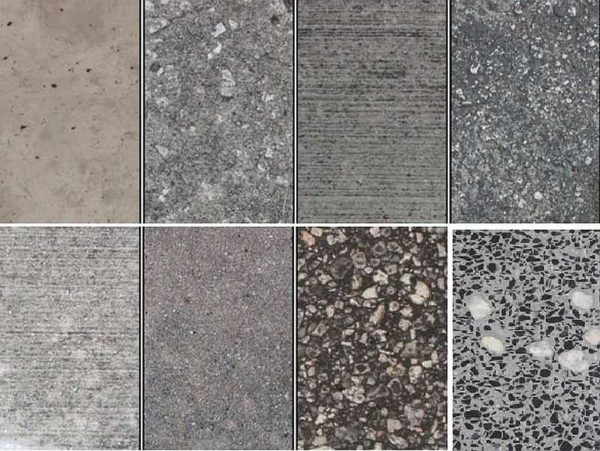
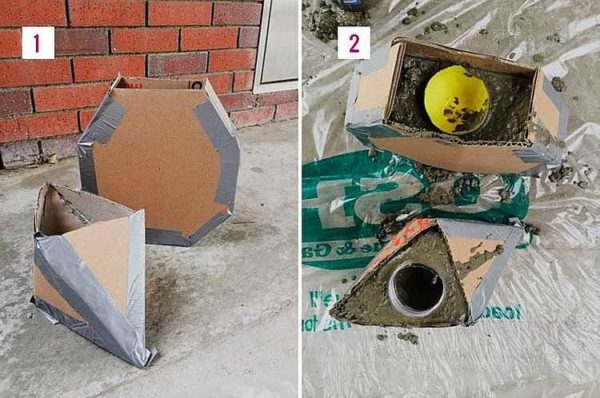
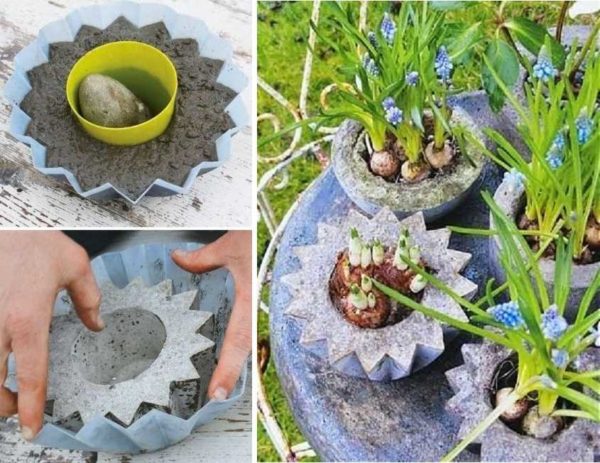
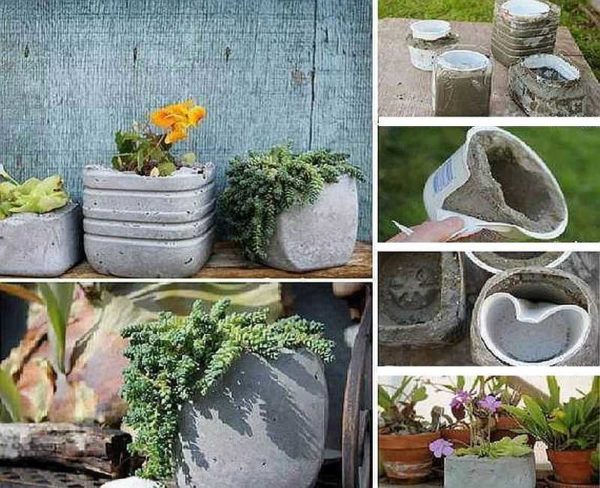
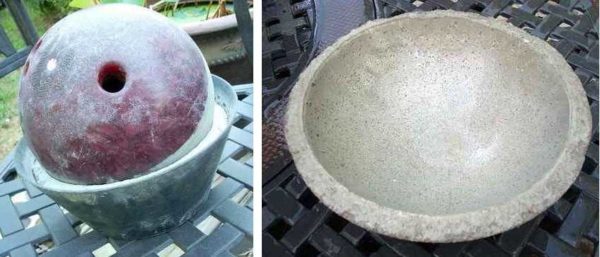
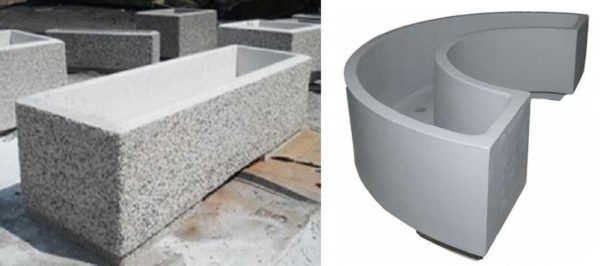
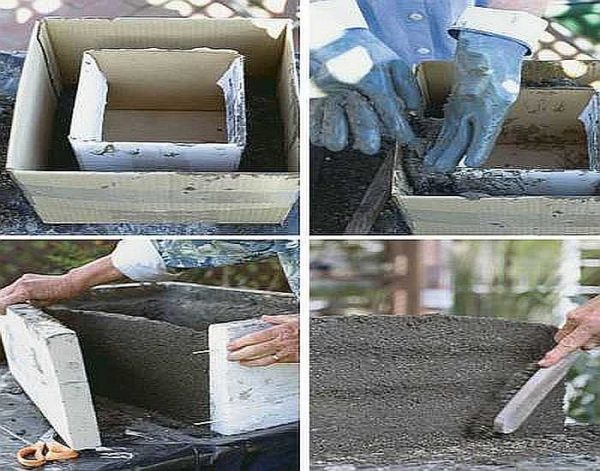
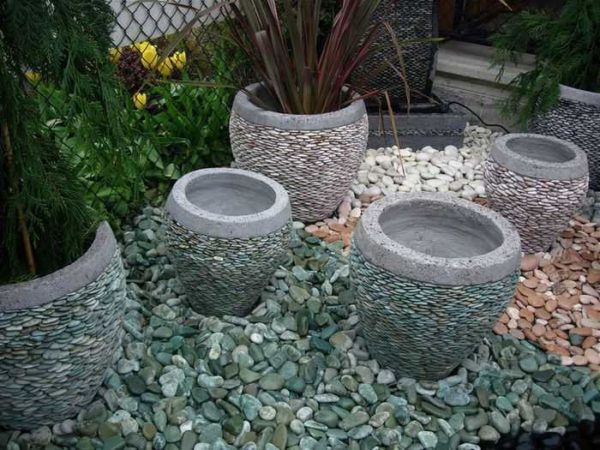
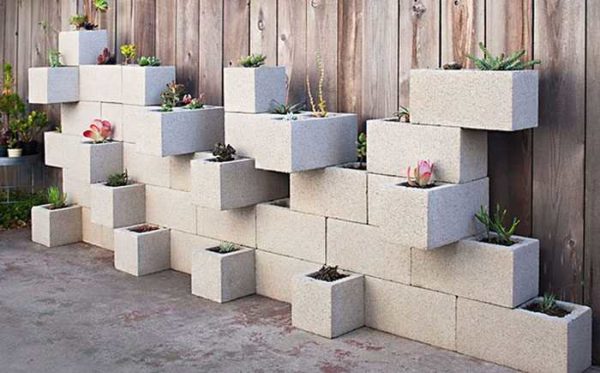
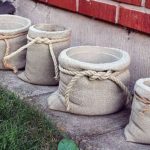
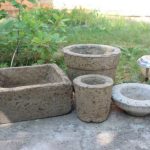
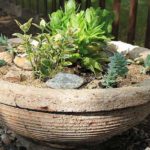
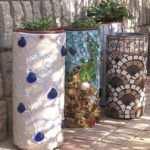
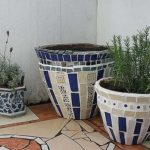
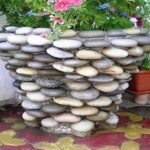
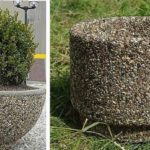
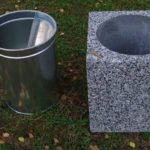


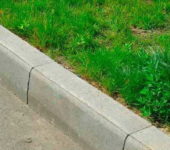







An outdoor flowerpot is best made of stone, such as natural granite. In this case, the flowerpot will be practical, durable, and of course a completely different appearance.
Thank you! I will make it out of two cardboard boxes. How could I not have thought of it myself! Great idea.